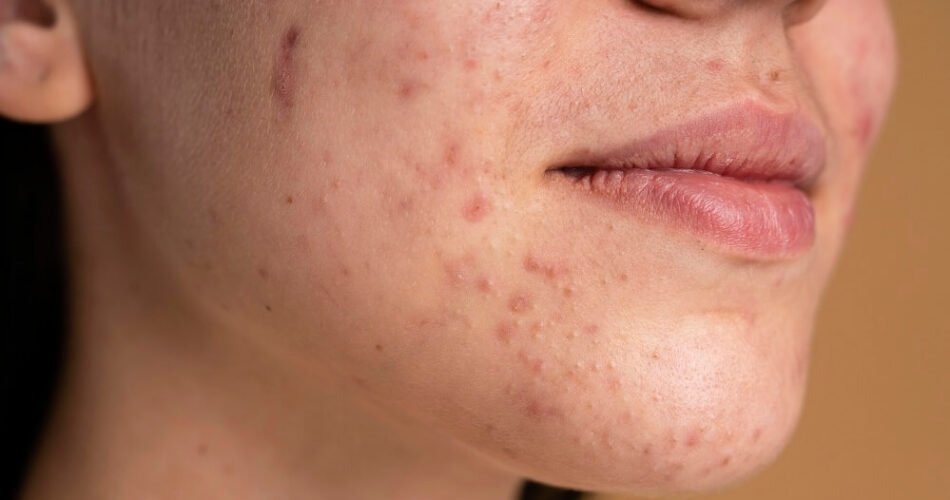Scars from acne, injuries, or surgical procedures can leave visible marks that affect both your skin’s appearance and your confidence. While over-the-counter creams and home remedies may offer limited results, expert scar treatments provide safe, effective, and long-lasting solutions. With the right dermatological care, it is possible to renew your skin, restore smoothness, and achieve a more even, radiant complexion.
Understanding Scar Formation
Scars are a natural part of the skin’s healing process. When the skin is damaged, the body produces collagen to repair it. However, irregular collagen production can result in various types of scars:
-
Ice-pick scars: Narrow, deep indentations often caused by severe acne
-
Boxcar scars: Broad, angular depressions
-
Rolling scars: Shallow, wave-like indentations
-
Hypertrophic scars: Raised, thickened tissue
-
Keloid scars: Overgrown tissue extending beyond the original injury
The type, depth, and severity of scars determine which treatment methods are most suitable.
Why Professional Scar Treatments Work
Home remedies or topical creams often only improve superficial skin texture and cannot reach deeper layers of damaged tissue. Professional scar treatments are designed to address both surface and deep layers, improving skin texture, tone, and elasticity. By targeting scar tissue at its source, dermatologists can provide more predictable and long-lasting results.
Advanced Scar Treatment Options
1. Laser Therapy
Laser therapy is one of the most effective methods for scar reduction. It works in two main ways:
-
Resurfacing: The laser removes damaged outer skin layers, revealing smoother, healthier skin.
-
Collagen stimulation: Laser energy penetrates deeper skin layers, stimulating natural collagen production to fill in indentations and smooth texture.
Types of Laser Treatments:
-
Ablative lasers: Remove the outer skin layer, ideal for deep scars
-
Non-ablative lasers: Stimulate collagen without removing surface skin
-
Fractional lasers: Target micro-columns of skin for precise treatment with faster healing
-
Pico lasers: Break down scar tissue and pigmentation with ultra-short pulses
Laser therapy can be tailored to your scar type, severity, and skin tone for optimal results.
2. Microneedling
Microneedling involves tiny needles creating micro-injuries in the skin, triggering collagen production and remodeling scar tissue. When combined with platelet-rich plasma (PRP), the treatment enhances healing and improves overall skin texture. Microneedling is particularly effective for ice-pick and shallow boxcar scars.
3. Chemical Peels
Chemical peels remove damaged outer layers of skin, smoothing superficial scars and improving pigmentation. Dermatologists use professional-grade peels tailored to your skin type and scar severity. Multiple sessions are often recommended for optimal results.
4. Subcision
Subcision is a minor procedure where fibrous bands beneath depressed scars are released, allowing the skin to lift and appear smoother. This technique is highly effective for rolling and boxcar scars.
5. Dermal Fillers
For deeper scars, temporary dermal fillers can be injected to lift depressions, creating a smoother skin surface. Fillers are often used in combination with other treatments like laser therapy to enhance results.
Benefits of Expert Scar Treatments
-
Reduces deep and superficial scars that creams cannot address
-
Improves skin texture and tone for a smoother, more even appearance
-
Stimulates natural collagen production for long-lasting results
-
Minimally invasive with shorter recovery compared to surgery
-
Safe for all skin types and tones
-
Visible results within weeks, with continued improvement over months
What to Expect During Treatment
A typical expert scar treatment session includes:
-
Consultation: Assessment of scar type, depth, and skin suitability
-
Preparation: Numbing cream or local anesthetic to ensure comfort
-
Treatment: Laser, microneedling, chemical peel, or subcision applied to targeted areas
-
Post-Treatment Care: Soothing creams or gels are applied; mild redness or swelling may occur
Most patients require 3–6 sessions, spaced several weeks apart, depending on scar severity.
Post-Treatment Care
Proper aftercare is essential for optimal results:
-
Avoid direct sunlight for at least 1–2 weeks and use broad-spectrum sunscreen daily
-
Keep skin hydrated with gentle, non-irritating moisturizers
-
Avoid scrubbing, exfoliants, or harsh active ingredients
-
Follow all instructions provided by your dermatologist
Who Can Benefit?
Expert scar treatments are ideal for individuals who:
-
Have deep or textured scars from acne, injury, or surgery
-
Want visible, long-lasting improvement
-
Prefer non-surgical, dermatologist-guided treatments
-
Can commit to post-treatment care and follow-up sessions
A personalized plan ensures the best outcome for your unique skin type and scar severity.
Timeline for Visible Results
Patients often notice initial improvement within 2–4 weeks, with continued enhancement over 3–6 months as collagen remodels the scar tissue. Multiple sessions provide the best results, especially for deeper or widespread scars.
Final Thoughts
Scars do not have to define your appearance. With expert scar treatments, it is possible to renew your skin, restore smoothness, and achieve a more even, radiant complexion. Advanced procedures such as laser therapy, microneedling, chemical peels, subcision, and dermal fillers provide safe, effective, and long-lasting solutions for a variety of scar types.
